What Shippers and Retailers Need to Know for Peak Season Planning 2022
The Logistics of Logistics
JUNE 23, 2022
What Shippers and Retailers Need to Know for Peak Season Planning 2022. WRITTEN BY STEFANY MARTIN / POSTED ON JUNE 9, 2022. Original Article: What Shippers and Retailers Need to Know for Peak Season Planning 2022. When asked what peak season is, it’s easy to assume the holidays are the only peak shipping season.

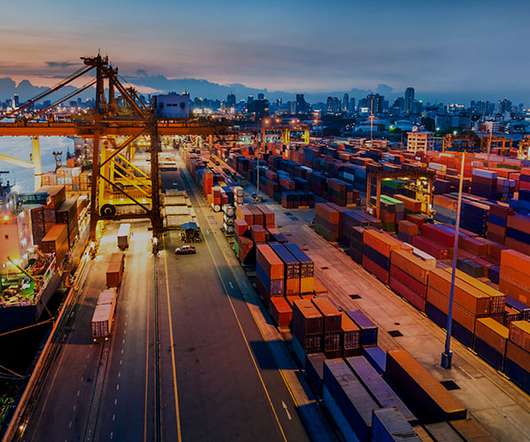



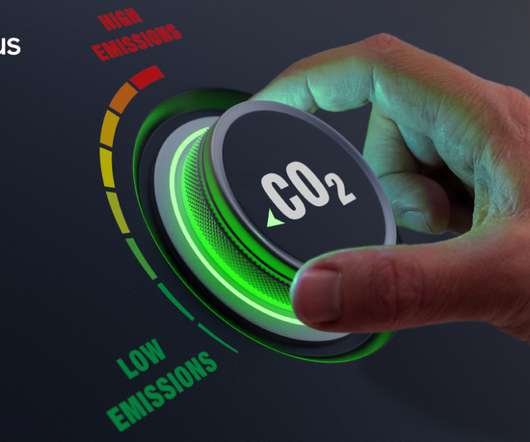
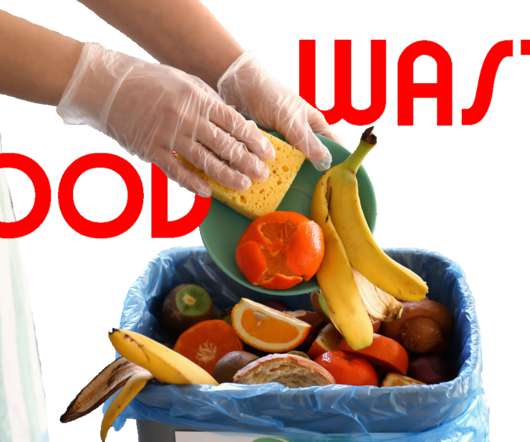
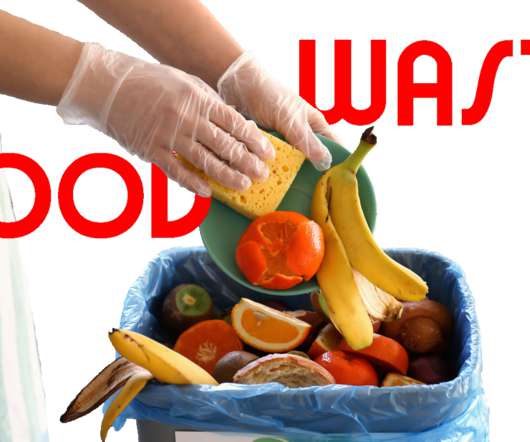
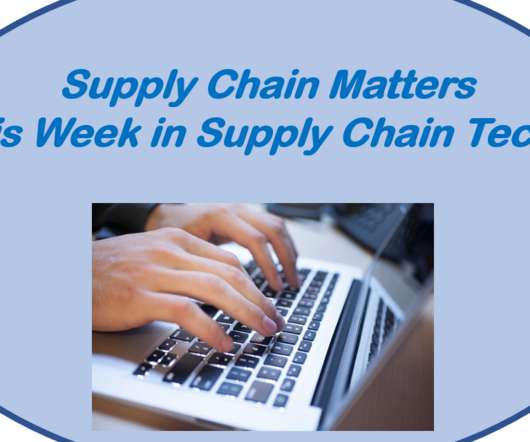



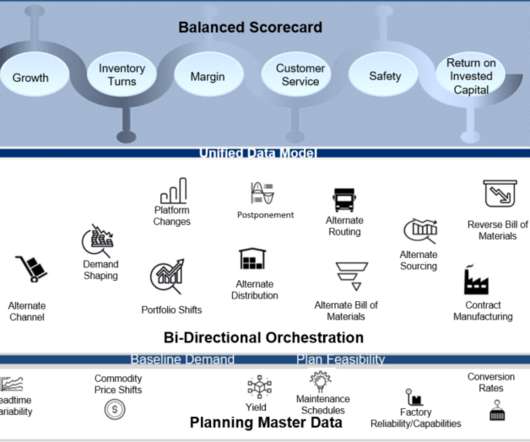














Let's personalize your content